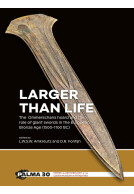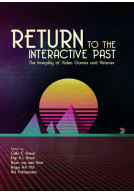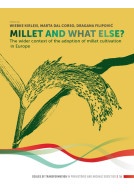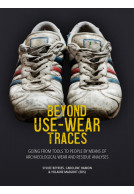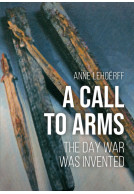Cadastres, Misconceptions and Northern Gaul (Paperback)
Imprint: Sidestone Press
Pages: 169
ISBN: 9789088900242
Published: 1st December 2009
Script Academic & Professional
Pages: 169
ISBN: 9789088900242
Published: 1st December 2009
Script Academic & Professional
You'll be £35.00 closer to your next £10.00 credit when you purchase Cadastres, Misconceptions and Northern Gaul. What's this?
+£4.99 UK Delivery or free UK delivery if order is over £40
(click here for international delivery rates)
Order within the next 6 hours, 13 minutes to get your order processed the next working day!
Need a currency converter? Check XE.com for live rates
(click here for international delivery rates)
Order within the next 6 hours, 13 minutes to get your order processed the next working day!
Need a currency converter? Check XE.com for live rates
A Roman cadastre is a particular form of land allotment which looks like a chequerboard. It was implemented by the Romans in regions throughout the Empire, from Syria to Gaul. Yet, how did a Roman cadastre exactly look like? What has Roman cadastration in common with centuriatio and parcellation, and what not? Are aerial photographs and maps a reliable source to reveal traces of a Roman cadastre? Did Roman cadastres exist outside the Mediterranean region, and if so, what are the consequences of its existence on a socio-cultural level? Behind these apparently straightforward questions are for most scholars simple definitive answers. On the basis of these answers scholars have regarded the archaeological study of Roman cadastres often as optimistic, biased and even unscientific. In Cadastres, Misconceptions and Northern Gaul Rick Bonnie argues that during the Middle-Roman period a cadastre was implemented by the Romans around the provincial Roman city of Tongres. In contrast to general beliefs, Bonnie demonstrates that it is possible, using aerial photographs and maps, to reconstruct a landscape outside the Mediterranean region that was overlain by a Roman cadastre. It furthermore discusses and examines the history of research, historical and archaeological sources on Roman cadastres, as well as the Roman period of the Belgian Hesbaye region. Rick Bonnie studied Classical Archaeology at Leiden University (MA cum laude 2008). His thesis was awarded the W. A. van Es-prize by the Dutch Institute for Cultural Heritage and was nominated for the Leiden University thesis prize 2007-2008.
Other titles in Sidestone Press...









